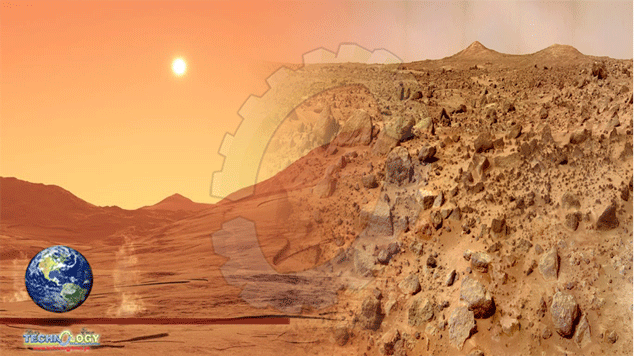Italian Space Agency Prepares To Drill Deep Into Martian Surface
To prepare for drilling operations on Mars, the ESA, Italian space agency (ASI), and their commercial partners have been conducting tests with a replica – aka. the Ground Test Model (GTM). Recently, the test model completed its first round of sample collection, known as the Mars Terrain Simulation (MTS). The rover drilled into hard stone and extracted samples from 1.7 meters (5.5 feet) beneath the surface in a record-breaking feat.
The MTS operations are being held at the Rover Operations Control Center (ROCC), located on the Aerospace Logistics Technology Engineering Company (ALTEC) premises in Turin, Italy. These dry runs are basically a dress rehearsal for the surface operations conducted by the real rover, which is being developed in parallel in preparation for launch next year.
To test how Rosalind Franklin will fare in on the Red Planet, the GTM has been drilling into a well filled with various rocks and soil layers. This takes place on a dedicated platform tilted at seven degrees to simulate the sample collection process on realistic, variable terrain. The first sample was obtained from a block of cement clay of medium solidity and was shaped like a pellet measuring about 2 cm long and 1 cm in diameter (0.787 x 0.39 inches).
Once collected, Rosalind Franklin’s drill retains the sample with a shutter that prevents it from falling out during retrieval. Once the drill is completely retracted, the sample is dropped into a drawer in the front of the rover, which closes and deposits the sample into a crushing station. The resulting powder is then distributed to ovens and containers inside designed to perform scientific analysis. Read More

No comments